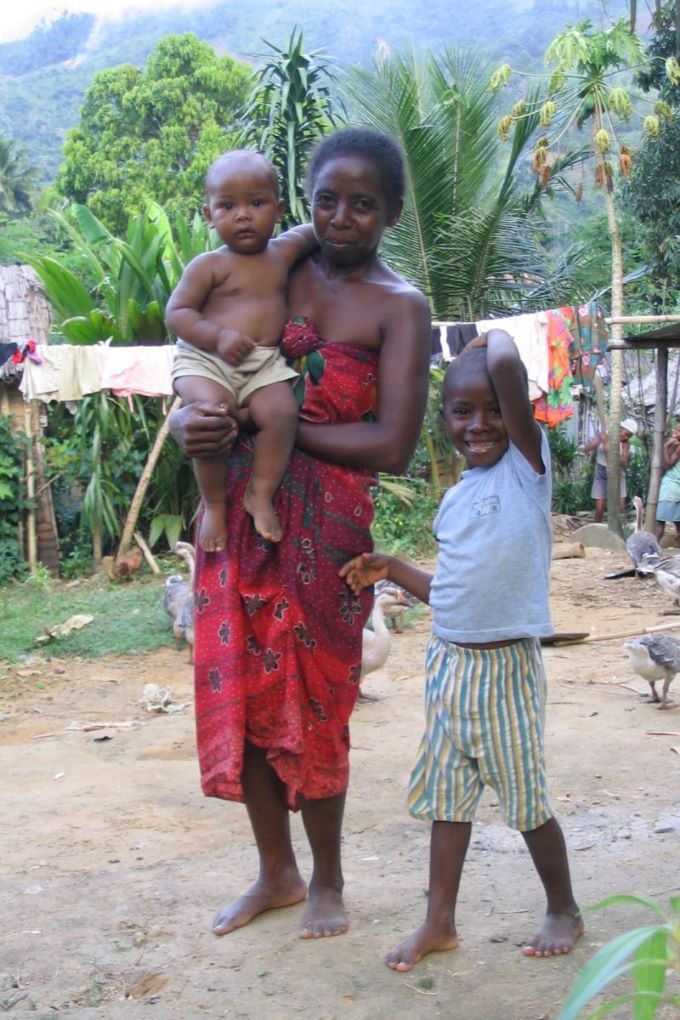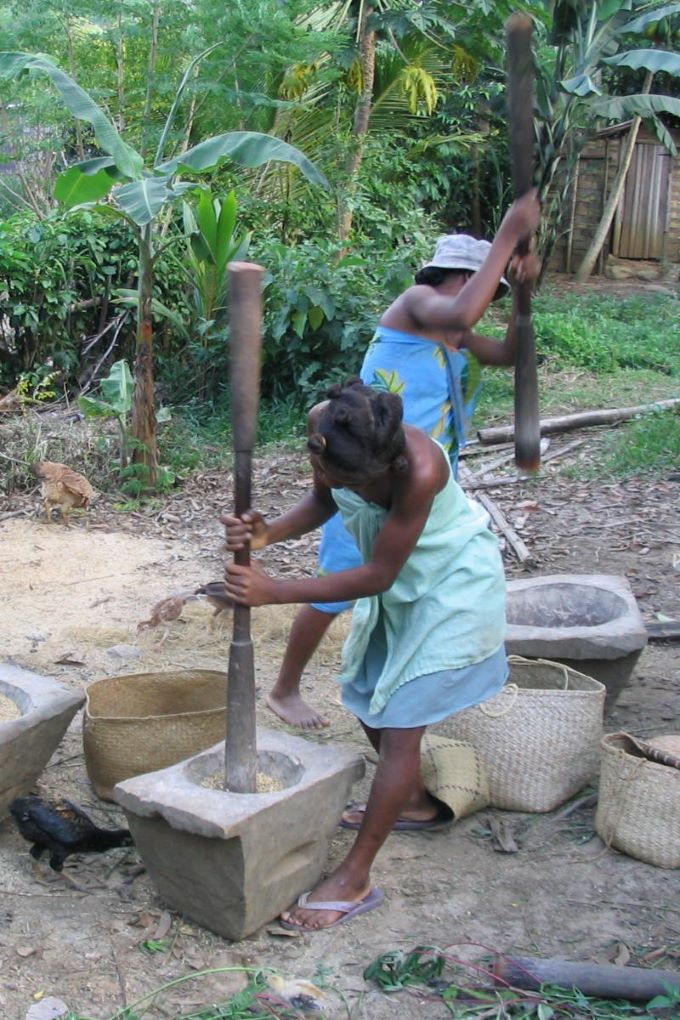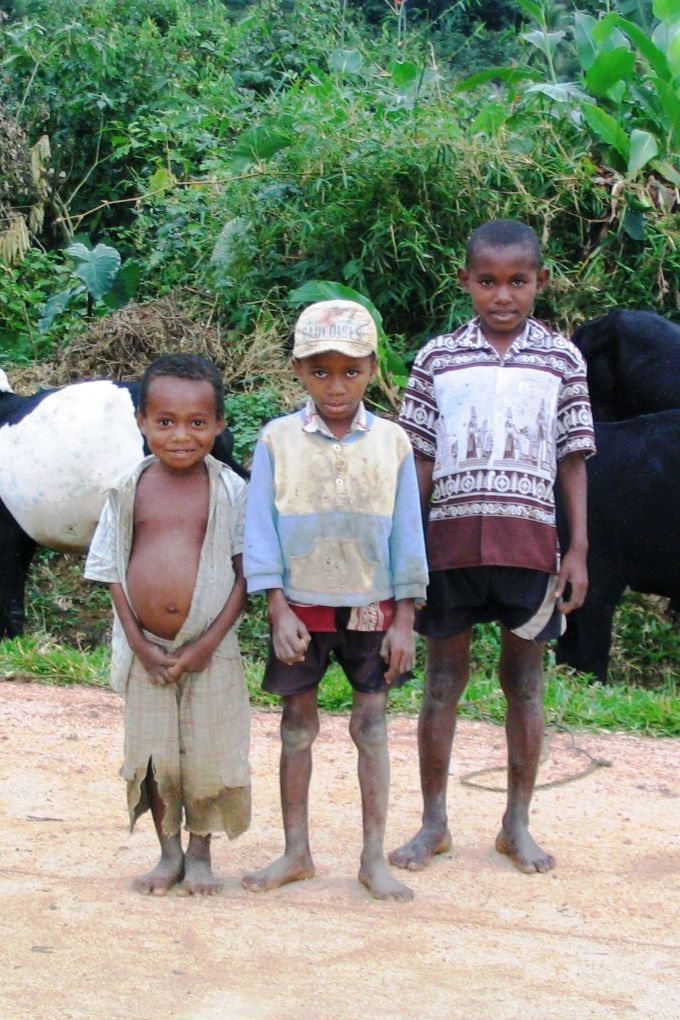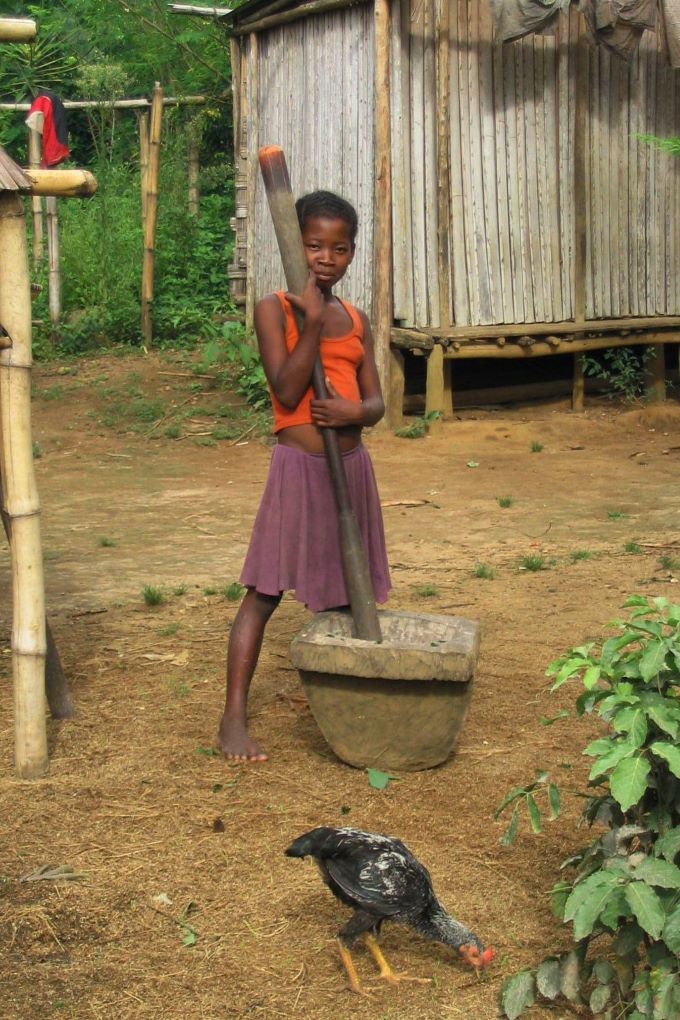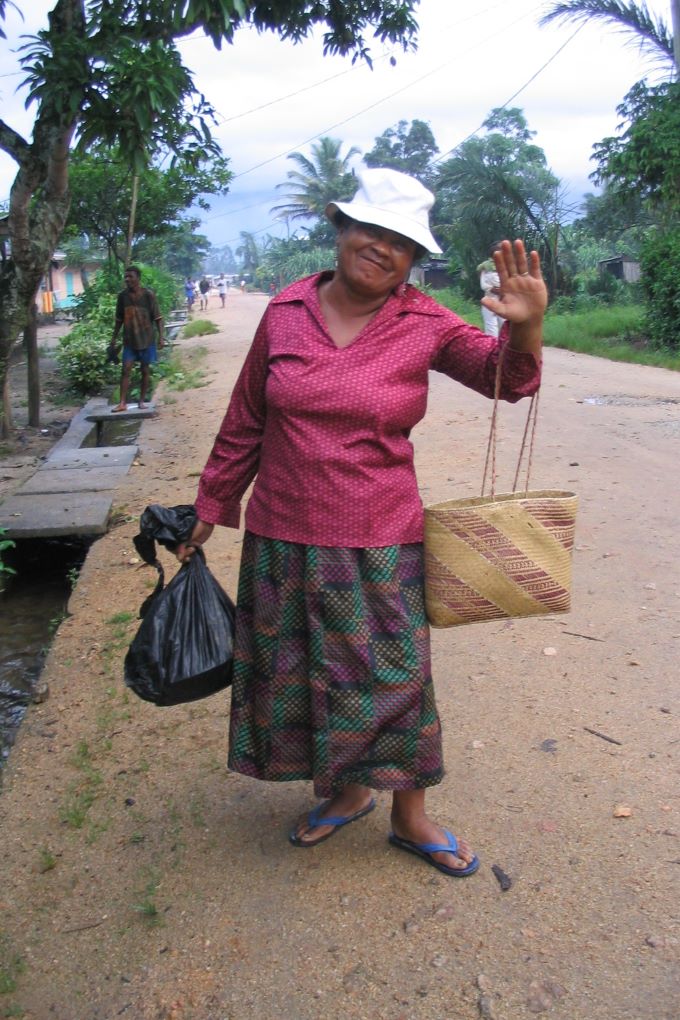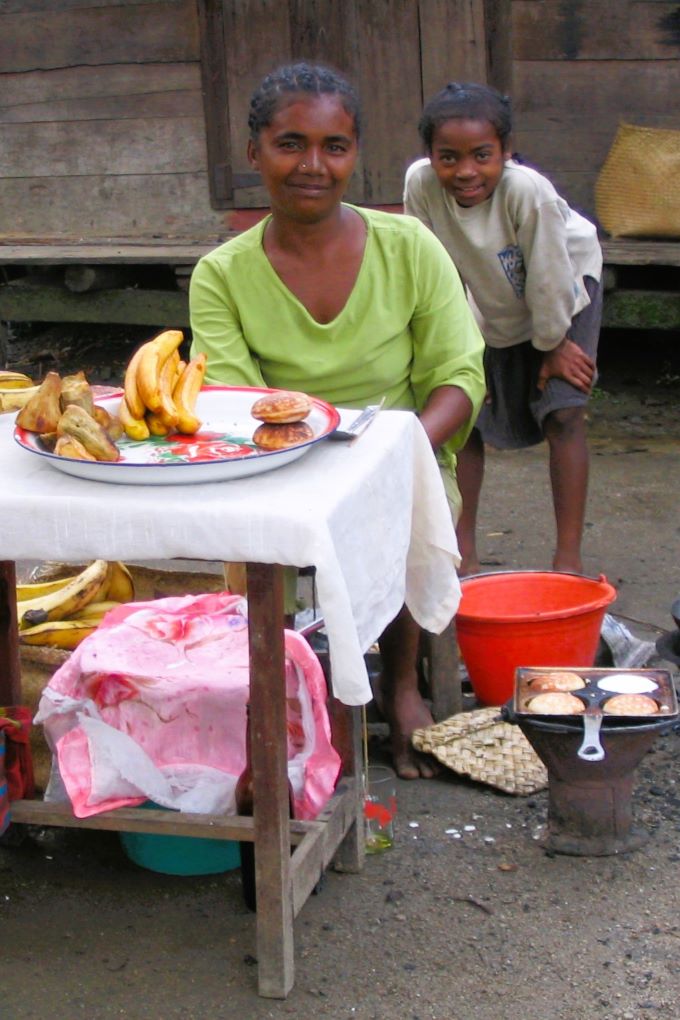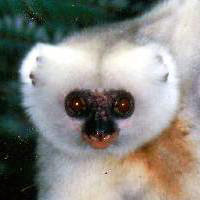The People of Marojejy
The rugged and isolated area around Marojejy was first permanently settled by people fleeing the Merina Kingdom on Madagascar’s eastern coast in the mid-1800s. Later, at the beginning of the twentieth century, they were followed by others escaping the control of the French Colonists. The introduction of vanilla into the area after the First World War sparked another small wave of immigration; however, access into this remote country was extremely difficult, and the population remained relatively low.
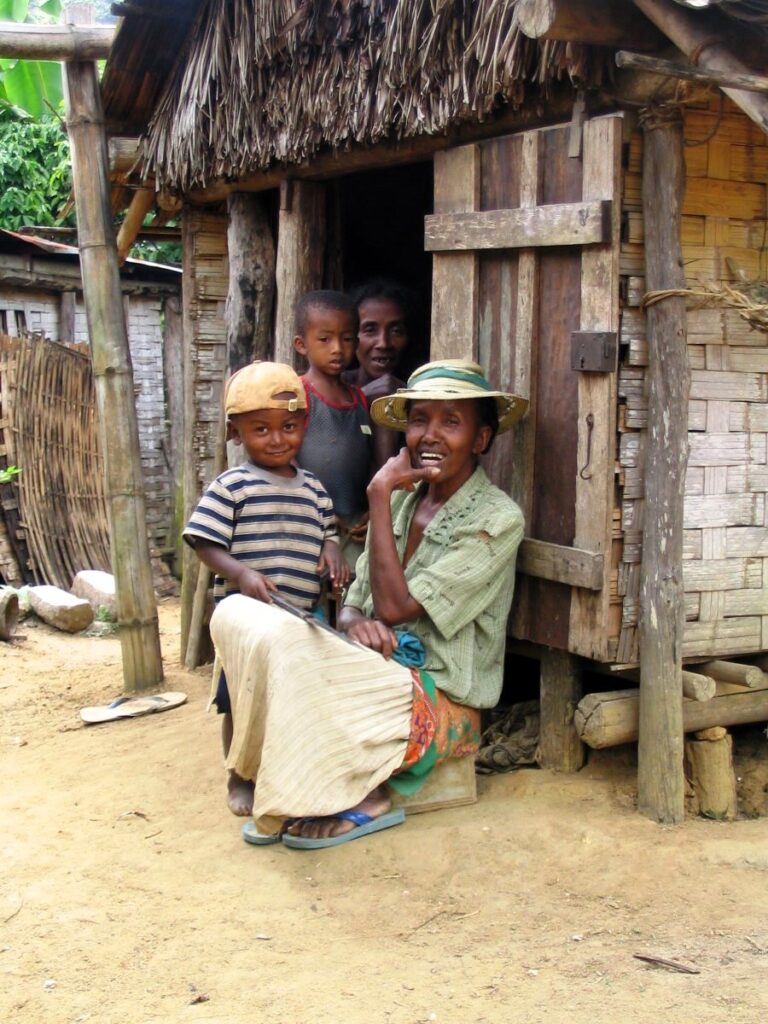
In the 1960s, the road linking Andapa with Sambava was built. Improved access and the accompanying agricultural development in the Andapa Basin brought in many more settlers. Now, the area shows very high population densities, particularly in the Andapa Basin, but also throughout the adjacent valleys. Thirty-seven villages are located within the zone immediately peripheral to Marojejy National Park. Dominant tribes in the region are the Tsimihety and the Betsimisaraka, but many other ethnic groups, including some from the far south of Madagascar, have also become established here.
Most people are subsistence rice farmers who utilize a multitude of products from the forests in their daily lives. Houses are built from wood, bamboo and ravinala leaves, and cooking fires are fueled with wood from the forest. Pirogues are carved from the trunks of large canarium trees. Pandanus plants provide fiber for weaving mats and baskets; the leaves of wild ginger are boiled to make a tea to cure upset stomachs; the fragrant bark of the bilahy tree is used to flavor an alcoholic drink called betsa-betsa.
Rice and vanilla are the major agricultural crops grown in the area. Coffee was at one time an important crop, but current market prices are so low that harvesting is uneconomical. Rice is cultivated extensively in irrigated paddies in valley bottoms, as well as on hillsides by the traditional swidden agriculture practices (known locally as tavy), where the forest is cut and burned. Unfortunately, tavy and firewood collection are major causes of the extensive deforestation that continues all around the park.
Life is difficult in this area, a result of declining economic conditions, rapidly diminishing cultivatable land, and a skyrocketing population. Many villagers live in extreme poverty; during the “hungry period” (January–April) before the rice crop has been harvested, many people literally do not have enough food to eat. In spite of this, however, local residents are working hard to improve conditions, particularly through environmental and health education programs.
In addition, several conservation organizations, including Duke Lemur Center SAVA Conservation and the Lemur Conservation Foundation, have established broad-based programs in the area to promote conservation while allowing local people to maintain their livelihoods based on agriculture and the forests. This has involved providing communities with alternative, sustainable agricultural and silvicultural techniques, conservation awareness programs, and improved education and health care. It is also hoped that limited, responsible ecotourism to the area will help create long-term economic alternatives to clearing the last remaining forests.
